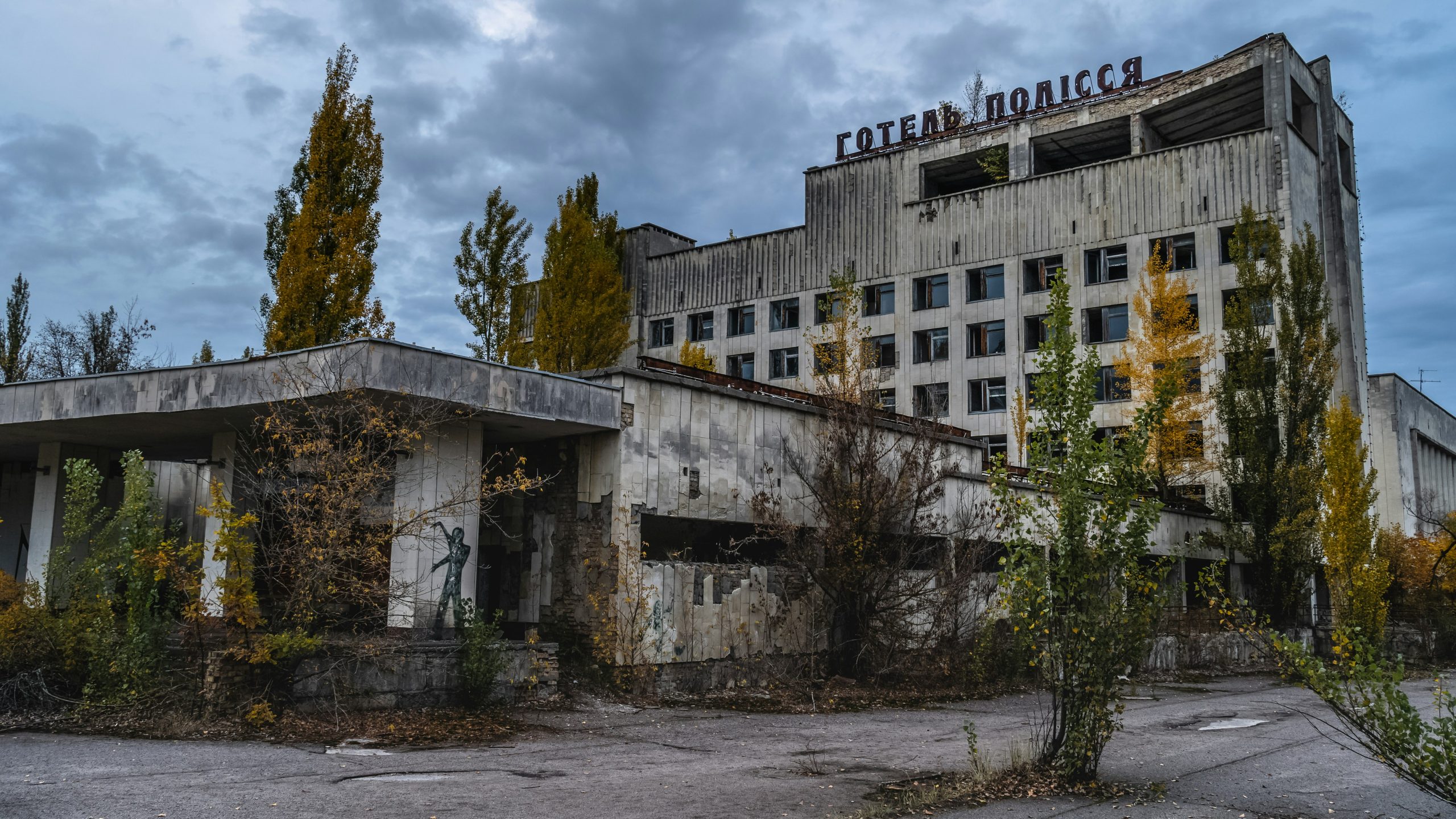
Cities rise and fall like empires. Booming economies, ideal locations, or bustling industries once put these urban areas on the map. However, time, conflict, environmental disaster, or economic shifts can transform a vibrant metropolis into a shadow of its former self as soon as it was created. Whether due to war, natural disaster, or economic collapse, we're touching on nine fascinating cities that were once thriving but are now barely recognizable.
1. Aleppo, Syria
Aleppo is one of the oldest continuously inhabited cities in the world and was once Syria’s cultural and economic capital. Before the Civil War, it bustled with markets, historic architecture, and nearly 2 million residents. But since 2012, intense fighting between rebel forces and the Syrian government has left much of the city in ruins. Entire neighborhoods have been flattened, and once-iconic landmarks, like the Great Mosque of Aleppo, suffered massive damage. While parts of the city are being rebuilt, the scars of war are still deeply visible, and Aleppo today is a haunting echo of its former glory.
2. Pripyat, Ukraine
Pripyat was built in the 1970s to house workers of the Chernobyl Nuclear Power Plant. With over 49,000 residents, the city had schools, shops, and a vibrant community. That all changed on April 26, 1986, when a catastrophic reactor explosion forced a permanent evacuation. Now a ghost town frozen in time, Pripyat is a chilling symbol of nuclear disaster. It's so famous for its remains that HBO even created a miniseries on the disaster.
3. Gary, Indiana, USA
Once a steel-producing powerhouse, Gary was founded by the U.S. Steel Corporation in 1906 and became one of America’s manufacturing capitals. However, by the late 20th century, deindustrialization had devastated its economy. Crime rose, the population plummeted, and large swaths of the city are now abandoned, making it one of the most dramatic urban declines in the U.S.
4. Centralia, Pennsylvania, USA
In the 1960s, a coal mine fire ignited beneath the small town of Centralia and continues to burn today. Dangerous levels of carbon monoxide and sinkholes forced nearly all residents to relocate. With streets, sidewalks, and a few crumbling structures still in place, Centralia looks like a post-apocalyptic wasteland. It's a stark reminder of environmental disaster. One quick Google image search of it today will show streets covered in graffiti and smoking cracks in the asphalt.
5. Varosha, Famagusta, Cyprus
Varosha was once a glamorous Mediterranean resort in the 1970s, drawing celebrities and tourists from around the world, but after the 1974 Turkish invasion of Cyprus, the area was fenced off and abandoned. For decades, it remained a frozen time capsule. Though parts have recently reopened under military supervision, the eerie silence still dominates this once-bustling destination.
6. Hashima Island, Japan
Nicknamed “Battleship Island” for its fortress-like appearance, Hashima was a coal mining hub owned by Mitsubishi. At its height, it housed more than 5,000 residents in tightly packed apartment blocks. As Japan shifted from coal to oil in the 1970s, the island was abandoned practically overnight. It remains one of the world’s most iconic ghost islands and a stark example of industrial decline.
7. Bodie, California, USA
In the late 1800s, Bodie was a booming gold rush town with more than 10,000 residents. Known for its wild lawlessness and gold fever, the town quickly declined after its mines were exhausted. Today, it’s a preserved ghost town maintained by California State Parks—a time capsule of the American West.
8. Kowloon Walled City, Hong Kong
Kowloon was once the most densely populated place on Earth—over 30,000 people crammed into just 6.4 acres. Despite the overcrowding and lack of basic infrastructure, it became a thriving underground society. The city was demolished in the early 1990s and replaced with a peaceful park, but its legacy remains a compelling case of unregulated urban sprawl.
9. Plymouth, Montserrat
Plymouth was once the capital and main port of the Caribbean island of Montserrat. That changed in 1995 when the Soufrière Hills volcano erupted, burying the city under layers of ash and mud. The town was evacuated and declared uninhabitable. Today, the ruins of Plymouth sit eerily preserved, offering a haunting look at nature’s fury.
Would You Ever Visit One of These Abandoned Cities?
While many of us assume we're safe in our homes, this list just goes to show that urban landscapes are never permanent. Shifts in industry, political turmoil, natural disasters, and poor planning can unravel decades of progress in just a few years. These nine cities were once alive with people, culture, and ambition, yet now, many are marked by silence, decay, or complete erasure.
Would you ever visit one of these cities?
Read More:
13 Cities on the Brink of Destruction: Why You Should Get Out Now
Discover America: 10 Unique Cities with Hidden Gems You Need to Visit








